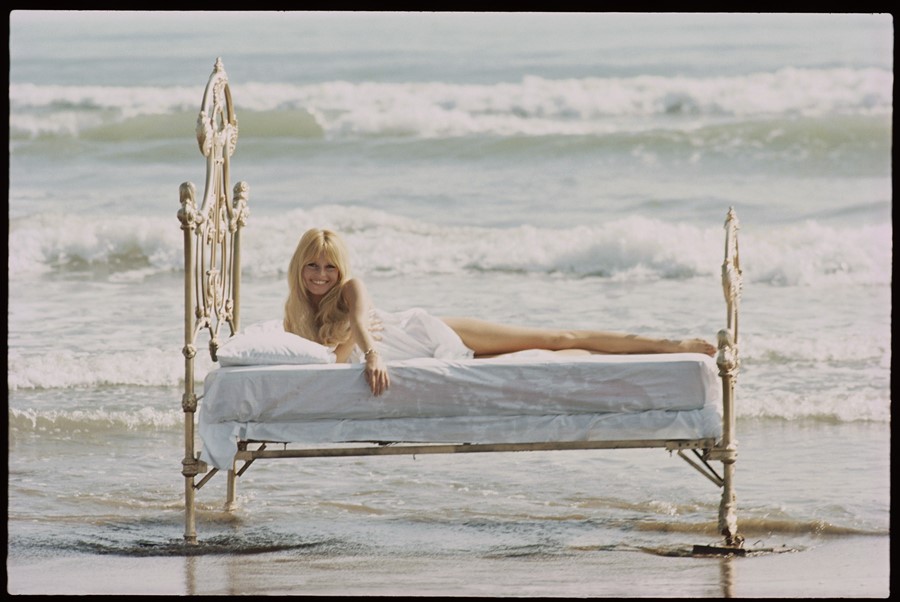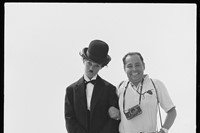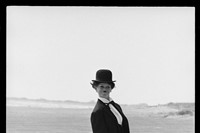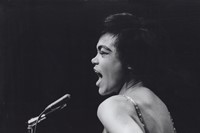From Brigitte Bardot dressed as Charlie Chaplin to shooting on set with Alfred Hitchcock: with the publication of a new book, nonagenarian Orlando Suero is spending some overdue time in the limelight
93-year-old photographer Orlando Suero’s life’s work is finally receiving its due, with the August 30 publication of Orlando: Photography. The native New Yorker first took up photography in 1939 at the age of 14, when his father gave him a used Kodak Jiffy camera and he began to develop film in the bathroom of their Washington Heights apartment.
In May 1943, a few months before joining the Marines to serve in World War II, Suero published his first story in The New York Times. After being discharged at the end of the war, Suero returned to New York and picked up where he left off. He began working as a printer and by 1954, he had printed photographs for The Family of Man, Edward Steichen’s monumental exhibition at the Museum of Modern Art.
That same year, Suero began working full time for Three Lions Picture Agency, and secured an assignment to photograph newlyweds Jacqueline and Senator John F. Kennedy at their Georgetown duplex over a period of five days for McCall’s magazine. From here, Suero enjoyed a stellar career as an editorial photographer, shooting a new generation of glittering stars for the glossies just as the Hollywood studio system was entering its twilight years.
Whether photographing Natalie Wood, Brigitte Bardot, Sharon Tate, Faye Dunaway, Paul Newman, Jack Nicholson or Robert Redford, Suero understood the power of a great portrait. Here, Jim Suero, his son and co-author with Rod Hamilton, shares the story of Orlando.
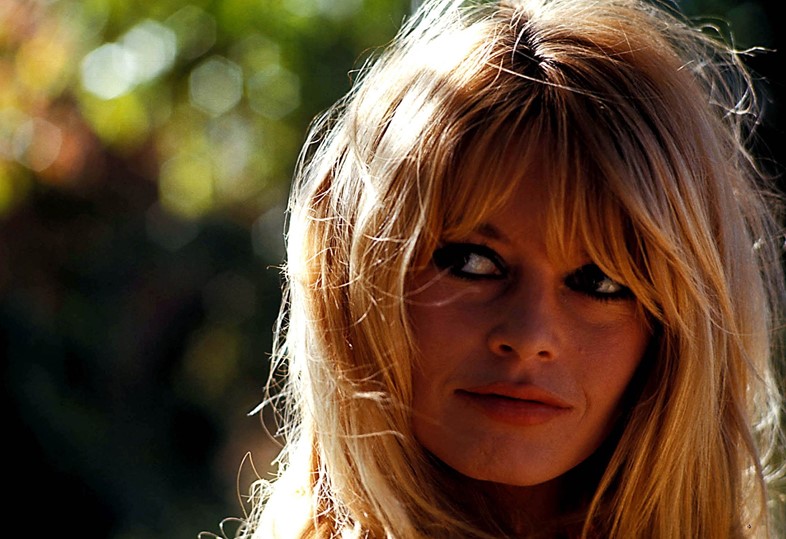
On intriguing Brigitte Bardot...
“My father thought he was having an exclusive with her, and when he showed up to the set of Viva Maria!, all sorts of photographers were there. He tells a story where there are all these photographers snapping away. He was short, so he was standing in front of all of them, not taking any pictures. Bardot noticed that and inquired, ‘Who is that man who is not taking pictures of me?’ So that started their repartee, and that later comes through in the photos they did.”
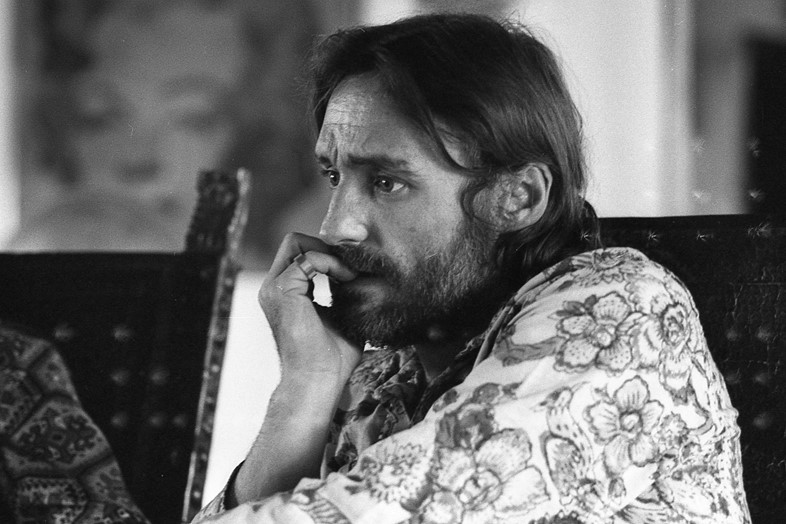
On Michelle Phillips and Dennis Hopper...
“He went to their house in Taos. I think he was there for a day or two. This was a view into their private lives. It was an interesting time for those two – their eight-day marriage. They were a fancy-free, fun-loving couple. The house is quite famous too. He loves the picture of them in the bathtub smoking a joint. The pictures largely capture the happy side of things. There were definitely other elements going on but my father never elaborated on that. There are some that look like they are arguing – like playful banter but not so playful. It’s hard to tell [laughs].”
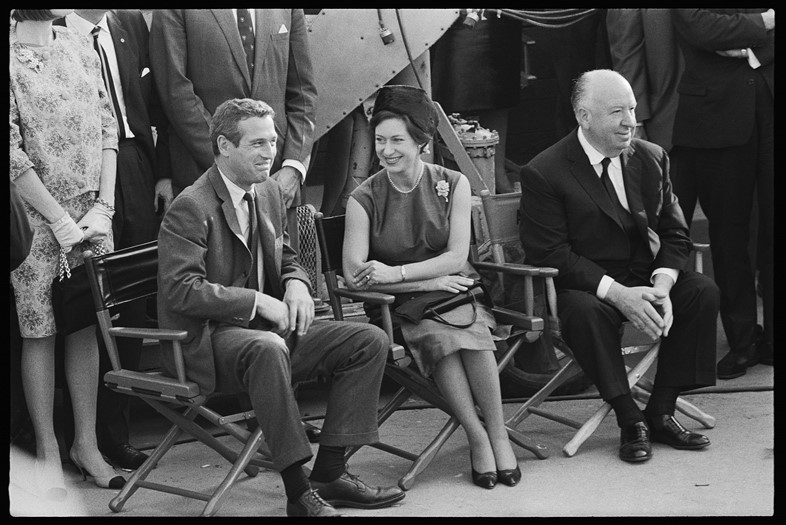
On living with PTSD...
“My father was a World War II veteran and always suffered from PTSD. Photography was his escape. It was his way to put that aside and focus on what he truly loved. Often times, he would be gone for a long time on location or multiple assignments but then he would return and could slip into depression.
“He was able to have this amazing career in spite of that. He still had a lot to deal with on set, in crowds, on location – he had to battle through it, I’m sure. There were some points in Hell in the Pacific that were very trying emotionally, working with a Japanese crew. He and filmstar Lee Marvin were both Marines. At that point, in the late 60s, World War II wasn’t that long ago. He and Lee were good friends and I think it’s because of their Marine Corps past.”
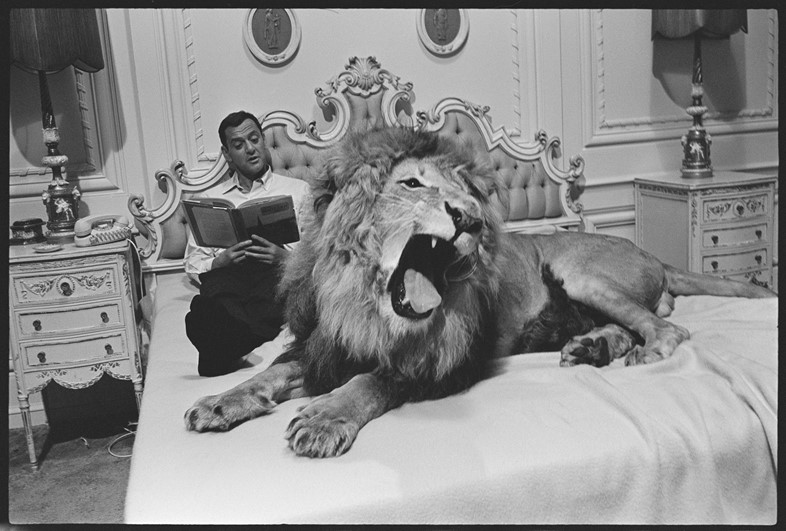
On silver linings...
“My father is very humble about his work. He is very shocked that his photos have come back to life because he never considered himself to be a great photographer. Frankly, he never thought of himself as worthy of a book. But he is embracing it, that’s for sure.
“On December 17, 2017, we got verbal commitment from Hatje Cantz for the book and that day he had a stroke. His stroke took his ability to write, so all he can muster is a crude ‘O’ – but that’s what we were signing. He said, ‘Oh this is such a thrill.’ He was on cloud nine.”
Orlando, edited by Rod Hamilton and Jim Suero, is out now, published by Hatje Cantz.
